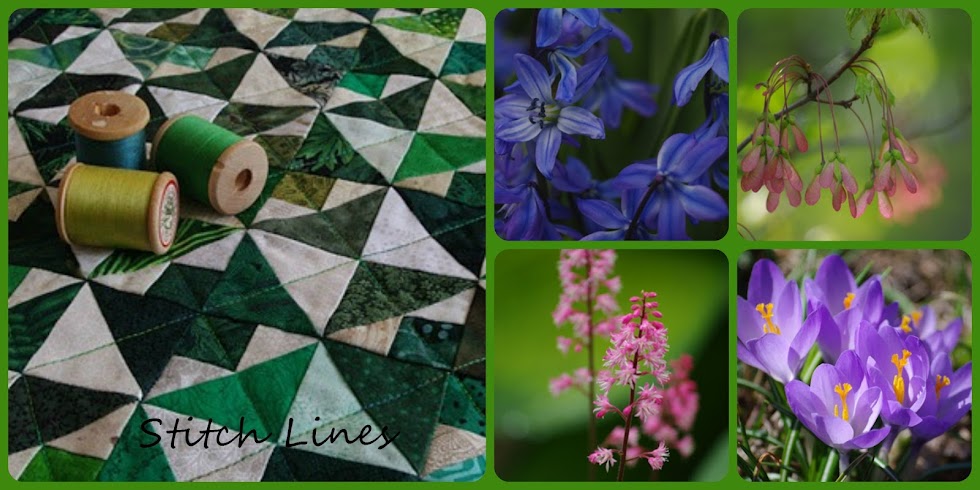 What? July is gone? How did that happen? The days seem to be flying by and we've turned the calendar to a new month... August. Wow... How can the summer be disappearing this quickly... Sigh....
What? July is gone? How did that happen? The days seem to be flying by and we've turned the calendar to a new month... August. Wow... How can the summer be disappearing this quickly... Sigh....It's time again for another Wildflower Wednesday. Some will say this one should not be given the limelight, as today's "feature" is indeed an invasive pest. But I see beauty in all plants and although you don't want to bring this one home to your garden, it does have beautiful blooms (at least I think so). However, beauty aside, take heed if you have this plant on your property or nearby...
Purple Loosestrife (Lythrum salicaria) is a non-native species, introduced to North America from Europe (without its natural predators). In the wild it invades habitats along rivers, streams, lakes, in ditches and wetlands. If left unchecked it quickly dominates. The dense root mat blocks other plants from growing (cattails, rushes, sedges and other native aquatic plants upon which wildlife depends).
 Such a change in plant species threatens the hundreds of species of plants, birds, mammals, reptiles, insects, fish and amphibians that rely on healthy wetland habitat for their survival. For example cattail stands are home to species such as muskrats and nesting birds - loosestrife does not provide the same necessary shelter and food sources. Loosestrife clogs the water channels in marshlands, interfering with fish spawning.
Such a change in plant species threatens the hundreds of species of plants, birds, mammals, reptiles, insects, fish and amphibians that rely on healthy wetland habitat for their survival. For example cattail stands are home to species such as muskrats and nesting birds - loosestrife does not provide the same necessary shelter and food sources. Loosestrife clogs the water channels in marshlands, interfering with fish spawning.In urban areas it grows in ditches and can block or disrupt water flow. In agricultural areas it clogs irrigation canals and reduces the value of forage. Once established it tends to dominate and is very difficult to eradicate, spreading quickly and easily. One plant can produce 2 -3 million seeds!!!
Don't confuse this plant with look-alikes such as Fireweed. Purple Loosestrife can be easily identified by its ridged square stem. The leaves are smooth, opposite and attached directly to the stem. One plant can grow as tall as 2 meters with as many as 30 stems from the same woody root mass. The flowers are pinky-purple and are tightly clustered along the tall spikes.
I could go on, but I think you get the picture - it's not pretty. Well, okay, I think the flowers themselves are pretty, but the "overall picture"? Not so much... So if you have any Purple Loosestrife on your property or in the neighborhood, you might want to look into getting rid of it now if you can... before it spreads anymore... There's lots of excellent info on the web, regarding how to best deal with it.
Peace,
Linda
"A weed is a plant that has mastered every survival skill except for learning how to grow in rows."
~ Doug Larson

3 comments:
Linda, Beauty comes in many guises. it's a shame it's invasive..such a Lovely shade of purple.
Hi Linda ... I agree too that it's a shame this invasive plant is a menace ... it really is quite pretty and such a lovely purple flower but it is what it is ... an unwelcome pest! City crews do their best here to cut it down ... but it id tenacious ... and seeds itself heartily (as you mentioned).
The battle goes on.
Hugs ... Marie
Lovely pictures of Loosestrife and I used to love this plant in my flower beds. I used to have some years ago until it was recommended that everyone gets rid of it. We could take a plant to a nursery and they would exchange it for another perennial. I rarely see them now anywhere.
Post a Comment